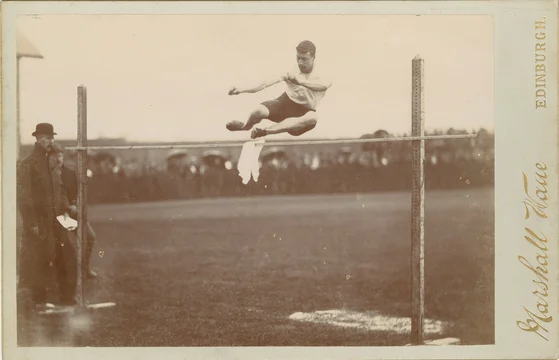
In CogniPower LLC v. Fantasia Trading LLC, d/b/a AnderDirect, C.A. No. 19-2293-JLH-SRF (D. Del.), a patent suit, the Court granted a third-party supplier's motion to intervene back in 2020. Since then, based on the docket, the patentee has been trying to dismiss the intervenor from the case.
Today, the Court issued its order denying a motion to dismiss by the patentee, and it addresses to interesting issues regarding an effort to limit the scope of the Court's judgment based on subject matter jurisdiction.
First, the patentee tried to dismiss the claims based on an argument that, five years after …








